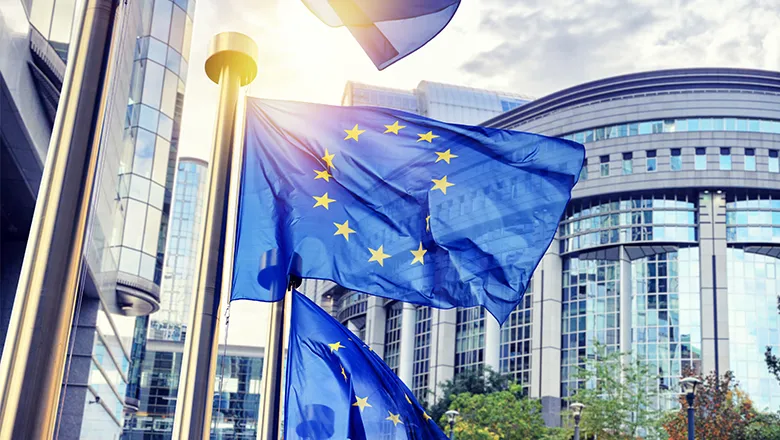21 May 2019
The European elections will help the two main parties recognise their core strength
Baroness Kishwer Falkner
KISHWER FALKNER: The results could point the way forward for the Conservatives and Labour

A recurring theme in British education is that we are a country which is notoriously bad at math. Moreover, we make a virtue of it, happily proclaiming “I’m rubbish at math” when asked the simplest question about compound interest on our credit cards, or even our own mortgage costs. This cognitive gap has spread across the political classes, demonstrated as the failure again and again of Parliament to agree on any option put to it regarding Brexit through numerous “indicative votes”, which have been lost by the narrowest of margins.
On 23 May, the country will need to take its own test on knowing how to count. The important point at this stage is not that the winning party will probably be the Brexit Party, and that the one losing most ground will be the Conservative Party, but rather how many votes were cast for the Leave-supporting parties versus the Remain / reverse Brexit parties. A further, critical factor will be turnout, with an increase on the 35% we usually see in European elections a sign that the Leave / Remain divide is energised and will probably continue to strike a chord with the electorate.
To make sense of why these unwanted European Elections are significant is less to do with the EU and everything to do with the three-year-long convulsion that is called British politics today. The results-night media-room chatter about who lost ground to the Brexit Party, where they took votes from, and the defenestration of the Conservatives or body-blows to Labour will be for the number crunchers and psephologists. Westminster MPs will fret about where their supporters have gone should a general election land next, but the point for the country at large will be how many votes were cast for Leavers and how many for Remainers.
So what will the math tell us? The tally for the combined Leave parties (the Brexit Party and UKIP) will have to be set against that for the combined Remainers (Lib Dems, Greens and Change UK). Added to this will be the respective shares of the Conservatives and Labour, split between the above Leave / Remain camps. The net effect of this convoluted math is that it will signify to the two main parties what their core strength might be in the face of a general election this autumn, if it materialises.
Which is not to say that the results for the individual parties are irrelevant. The Brexit Party, if it leads, will have proved that the Leave vote remains strong and will be a direct threat to the Tories if they are tempted to install a soft-Brexit leader. It will also threaten Labour, demonstrating that sitting on the fence doesn’t work electorally. A strong Lib Dem performance, conversely, will demonstrate that a clear message for Remain is attractive, especially if they take votes from Labour, too. The Greens are at a breakthrough moment and could build on their local government success.
But if the MEPs duly elected take their seats in the European Parliament on 2 July, they should pack lightly for a short stay in Brussels, as their future will remain as uncertain as the UK’s. If the new Conservative Leader is in place by the time the EP returns to Brussels from its summer recess this September, there are likely to be three options: to extend Article 50 again, to hold a second referendum, or to attempt a Conservative majority at Westminster through a general election. If the bookies are right, and the crown goes to Boris Johnson, then the numbers released on 26 May will take on more relevance as we all await the next convulsion of the British body politic.
Baroness Kishwer Falkner is Chairman of the House of Lords EU Sub-Committee on Financial Affairs.
